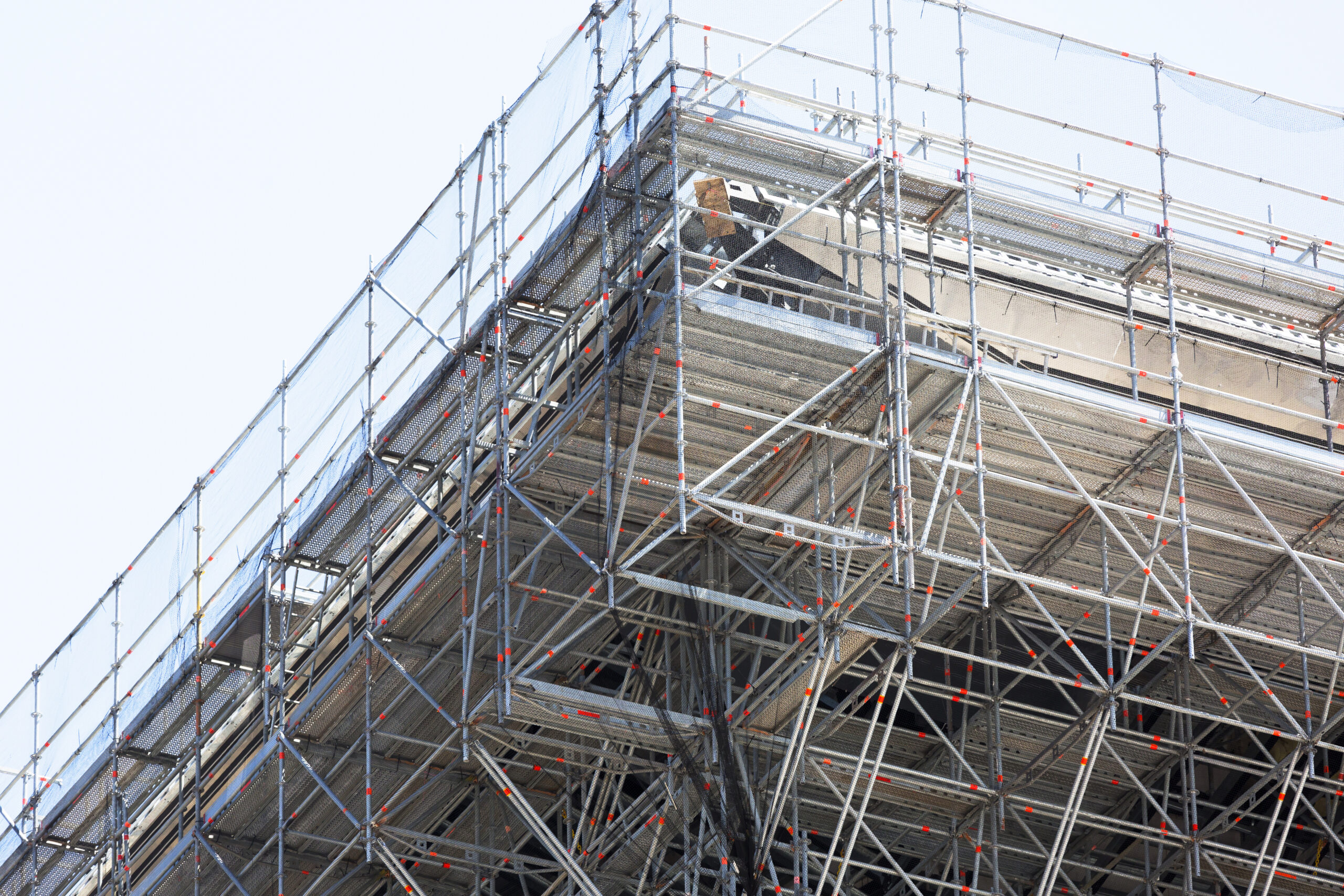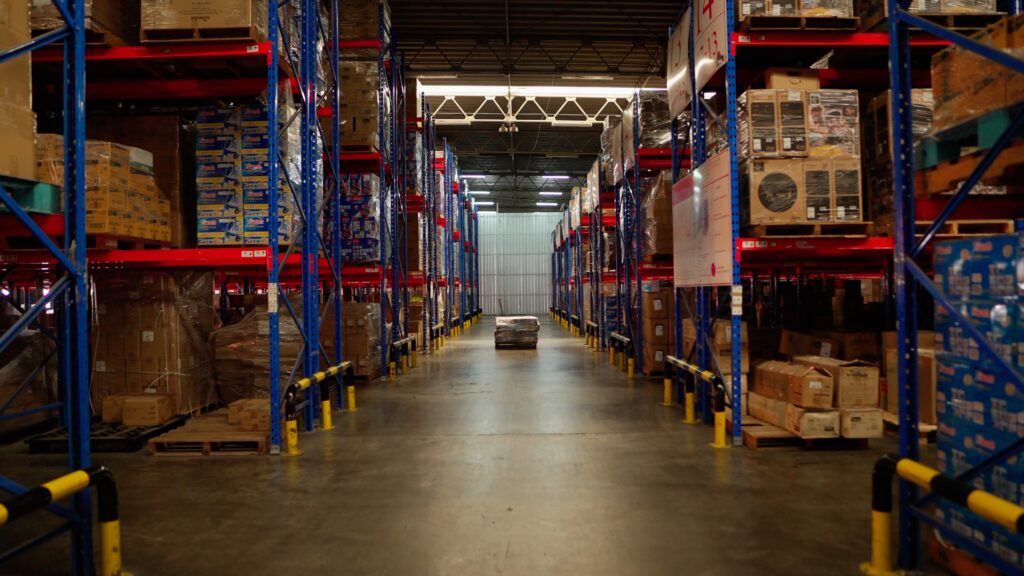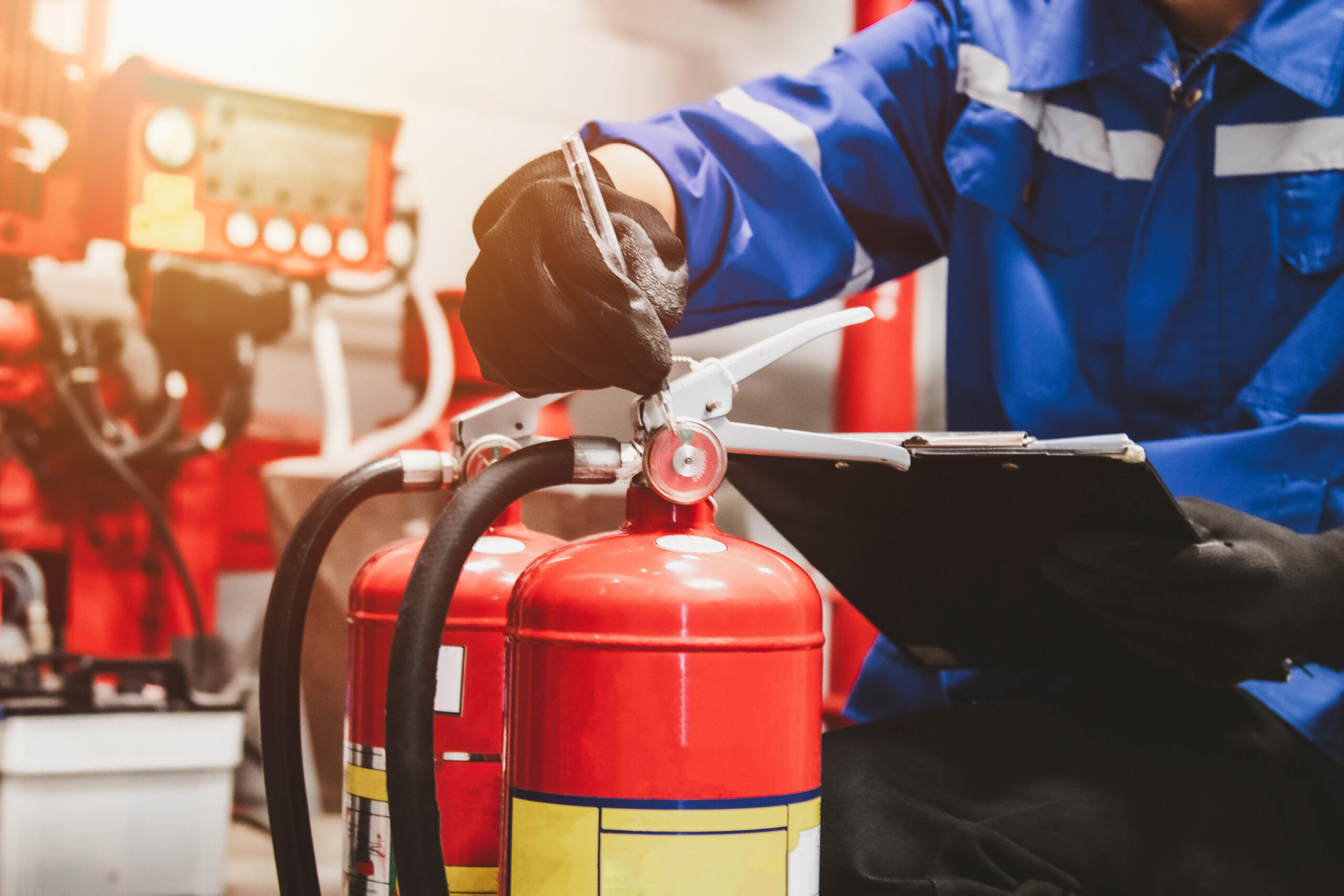Incidents in April: A Stark Reminder of the Cost of Complacency

April 2025 brought a series of tragic workplace incidents that serve as sobering reminders of how quickly things can go wrong — and why safety training must never be treated as optional. In just a few weeks, three major events made headlines across the U.S., each exposing preventable failures in safety planning, training, or communication.
Scaffolding Collapse in Texas Kills Three
On April 29, three workers lost their lives and two others were injured when scaffolding collapsed at the Port Arthur LNG construction site in Texas. Operated by Bechtel, the site is now under investigation by OSHA and local officials, who are examining whether proper safety measures, including fall protection and scaffolding inspections, were in place.
This incident echoes a persistent trend in the construction industry, where falls continue to be the leading cause of fatal injuries. Preliminary reports suggest the structure may have been overloaded or inadequately secured — both issues that robust training and oversight can prevent.

Missouri Explosion Caused by Struck Gas Line
Earlier in the month, on April 9, a subcontractor in Lexington, Missouri, accidentally struck an unmarked natural gas line. The resulting explosion killed one person, injured two more, and caused extensive property damage.
The National Transportation Safety Board is investigating, with early findings pointing to a failure in marking or communicating the location of underground utilities. Utility strikes like this are all too common and highlight the importance of hazard assessments and jobsite communication protocols — areas often overlooked without proper training.
Warehouse Fatality at Amazon Facility
Also on April 9, a 34-year-old worker was fatally struck by a reversing truck at an Amazon warehouse in Staten Island, New York. The worker was reportedly in the truck’s blind spot and may not have been visible to the driver.
The incident underscores the dangers of warehouse loading zones, where vehicle-pedestrian interactions pose significant risk. Safety procedures such as designated walking paths, spotters, and reflective PPE are critical — but only effective when reinforced through training and oversight.

What These Incidents Have in Common
Though they span different industries, these events share a common thread: failures in hazard recognition, communication, or training. Whether it’s erecting scaffolding, excavating near utility lines, or coordinating busy warehouse traffic, the consequences of skipping or minimizing safety measures are severe.
Each case reflects not just a tragic outcome, but a missed opportunity. A properly trained worker might have asked the right question. A well-informed supervisor might have caught a hazard before it turned deadly. A committed safety culture might have prevented these losses altogether.
Training Isn’t Optional — It’s Life-Saving
These incidents reinforce the critical role of comprehensive, high-quality safety training in every industry. OSHA standards provide a strong regulatory framework, but training brings those standards to life — helping workers understand not just what to do, but why it matters.

Whether you’re managing construction crews, coordinating warehouse operations, or overseeing contractors in utility work, continuous education is key to building a resilient safety culture. It’s not about compliance — it’s about people’s lives.
At NASP, we advocate for training that’s practical, hands-on, and grounded in real-world application. Because every time we cut corners on safety, we put workers at risk. And every time we invest in safety, we move one step closer to a future where headlines like these are the exception — not the norm.
Blog Posts
Latest Posts
Related Posts




